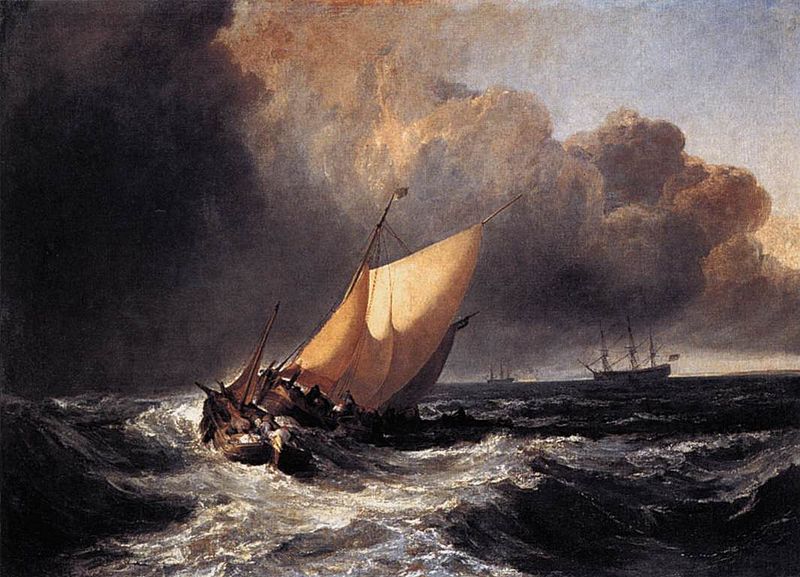Alain de Botton has written a book titled “Art as Therapy” and now, along with art historian John Armstrong, will write new captions for 150 works in Amsterdam’s Rijksmuseum that will be on view from April 25 to September 7, according to the Art Newspaper. The museum says that the captions are intended to “confront the visitor with a set of deeply personal concerns: work, love, status, mortality, and difficult relationships.”
I’m sure that the museum curators, who presumably have written the current wall text describing the conditions of the creation of these 150 works as well as their artistic innovations and influences, must be gritting their teeth at this initiative. Is it a museum’s job to tell us what our personal concerns are? Does anyone really think that museumgoers are incapable of noticing themes of love and mortality in art? And have curators actually neglected all signs of emotion or meaning in their descriptions of artwork? Even a cursory look at the Rijksmuseum’s website turns up information about the emotional readings of paintings in its collection, such as the depiction of beggars, which let artists “portray various emotions by introducing dramatic gestures and facial expressions…. In 19th-century art they often serve to denounce social injustice.”
Botton wants to forget about the context in which art was created and reorganize museums like the self-help section of bookstores, with rooms devoted to emotions like love, grief, and jealousy (he applied the same technique to literature in “How Proust Can Change Your Life”). Botton was on the Brian Lehrer Show on WNYC not long ago, and almost all the commenters were critical of his approach to art. “Many works have — surprise! — more than one meaning, and/or mean different things to different people,” one person wrote. One frequently-repeated comment nailed it on the head: “He’s basically treating paintings like a kind of aromatherapy.” Others pointed out that Botton doesn’t even address non-representational art.
Although his approach seems democratic, since it’s based on a notion of personal emotional fulfillment through appreciating art, I actually find Botton’s argument to be to be exceedingly elitist. He states unapologetically that everyone visiting museums is going about it all wrong. “Just look around,” he told the New Yorker’s Joshua Rothman on a visit to the Frick Collection. “No one’s got a clue what they’re supposed to be doing!” He thinks we’re dutifully reading historical information on wall texts and boring ourselves silly, without the least idea what these artworks should mean to us unless an expert swoops down to enlighten us. But his is a funny kind of expertise, since it doesn’t seem to be based on knowledge or training. Botton wants to inform us that a Turner painting of a storm-tossed ship is about “the perils of life.” Does he really not think that such an observation has been made by hundreds of thousands of visitors standing in that exact same spot?
Image: “Dutch Boats in a Gale” by J.M.W. Turner (1801), via Wikimedia Commons.

